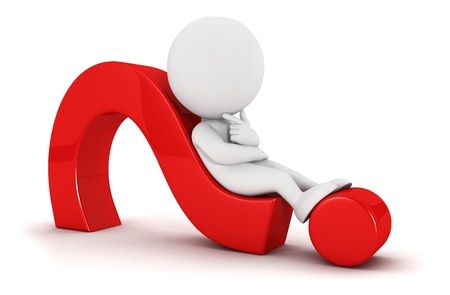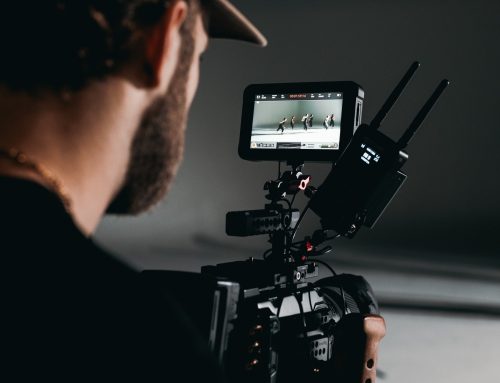Punctuation marks are very crucial when writing articles. They indicate to the reader where a sentence begins and ends and, if used appropriately, they make your article easy to comprehend. However, when punctuating transcripts, reporters must always be aware that the rules are not altogether similar to those spelled out in the Oxford dictionary. For the purpose of the discussion, we will review the use of certain punctuation marks to drive the point home.
Use of quotation marks
Ordinarily, quotation marks are used to quote material read or cited into the record. According to the Oxford Dictionary guide, the colon should be followed by a quotation mark or a single inverted comma. Another guide advocated for the use of a colon before quoted material when the material cited exceeds three lies in length.
When it comes to handling quoted material, reporters vary in style. For instance, some abhor inserting quotes around the material being put into the record and instead choose to use commas around the material. Conversely, other reporters opt to ascertain the quote from the document being read and then insert quotes around it.
Use of “quote/unquote”
When it comes to the use of the words “quote/unquote,” reporters vary on how they use these words. Some may opt to insert the quotation marks, while others decide to include the words as spoken while encompassing the words “unquote” and “quote” without any quotation marks.
Use of ellipses
When it comes to the use of ellipses, reporters do not use them to show an incomplete sentence or an interruption of thought. Instead, a dash or double hyphen is used. Note that when using the dash, the word trailing the dash should not be capitalized unless the particular word would otherwise be capitalized-maybe a proper noun.
Use of Commas
Grammatically, commas are essential and serve a number of purposes. A missed comma in a sentence can completely alter the entire meaning of a sentence. Therefore, reporters should incorporate as much punctuation as possible whenever they are taking the testimony, thereby reducing the chances of a catastrophe. If the reporter is in doubt, then dashes can be a wonderful tool.
Ideally, commas are used (a) to isolate elements in a sequence with three or more items. However, the use of a comma before the conjunction is non-compulsory; (b) to set off tag clauses, parenthetical and introductory elements; (c) to separate states, cities, and countries as well as coordinating adjectives; and (d) to set off contrasting phrases, quoted elements, and to evade confusion.
Despite the fact that courts demand that reporters underline case manes or italicize them, the fact is that court reporting translation programs may not be able to identify underlined and italicized elements in keyword indexless and searches. Therefore, as a reporter, you should learn to learn the existential software limitations and devise a mechanism of working around them using quotation marks.






